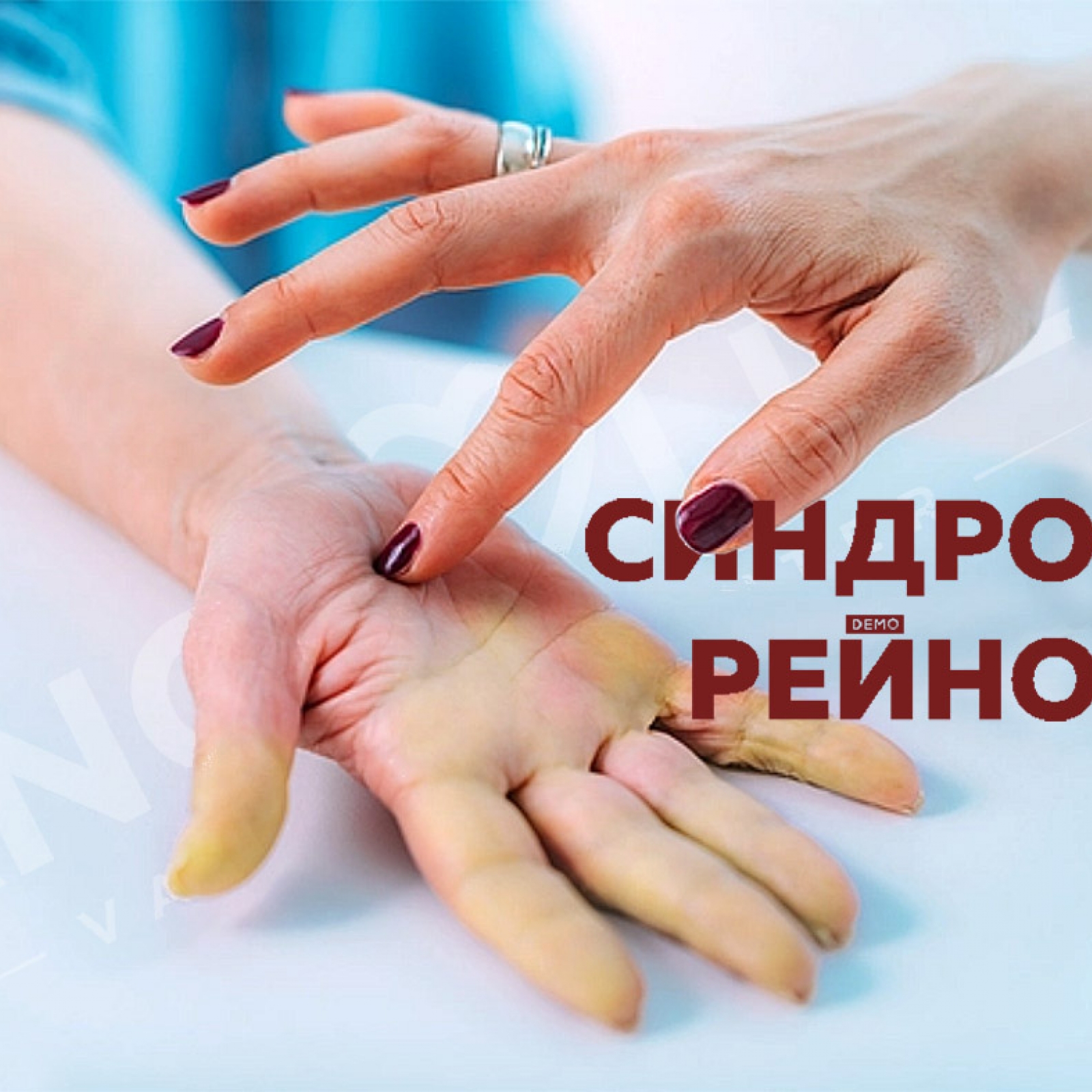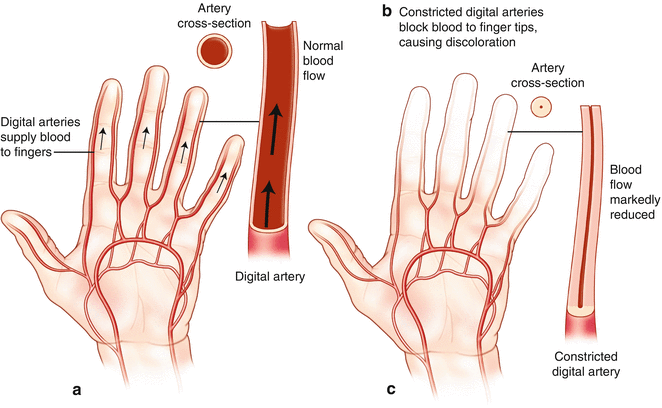- Varicose veins treatment in Kyiv
- Varicose veins treatment in Zaporizhzhia
- Edema and lymphostasis treatment
- Myths about varicose veins
- Massage and varicose veins
- Treatment of varicose veins with hydrogen peroxide
- Veins ache and pull blood vessels
- Can I treat varicose veins with pills?
- Treatment for varicose veins with leeches and bees. Benefit or harm?
- Is it possible to get rid of varicose veins with the help of gels and ointments?
- After 70 years, is it too late to treat varicose veins?
- Do mud baths help with varicose veins?
- Is it possible to get rid of varicose veins with compression knitwear?
- If you make an "open" operation - varicose veins will never appear again. Is it so?
- Are ugly scars and scars left after the operation to remove varicose veins?
- Is varicose veins treatment a long and painful process?
- Is it possible to get rid of varicose veins completely and forever?
- Varicose veins cannot be treated in the summer. Is it so?
- Do you need to go to a surgical hospital for vein surgery or not?
- After removal of varicose veins, the load on healthy veins increases. Is this so?
- Is it possible to play sports after surgery to remove varicose veins?
- Only the elderly suffer from varicose veins?
- Wearing compression hosiery causes muscle atrophy or not?
- Remove veins or not?
- How is the outflow of blood after vein removal?
- Thrombophlebitis treatment
- Nonresident patients
- All about varicose veins
- The risk of complications of varicose veins | Trophic ulcers and no panic
- Causes and symptoms of varicose veins
- Diagnosis of varicose veins
- Stage of development of varicose veins
- Gymnastics and prevention of varicose veins
- Diet for varicose veins
- Why is varicose veins dangerous?
- Treatment of varicose veins of the lower extremities
- Varicose veins and pregnancy
- Varicose disease - what will happen if not treated?
- Varicose symptoms
- Complications of endovenous treatments
- Post-thrombotic disease
- What is phlebology?
- Complications of varicose veins
- All about sclerotherapy
- Vascular diseases
- Treatment results in AngioLife
- Questionnaires and tests for patients and doctors
- For doctots
- Public contract
Raynaud's Syndrome
- Home
- Vascular diseases
- Raynaud's Syndrome

Raynaud's syndrome (Raynaud's disease, ) is a rare medical disease that causes disturbances in the circulatory system of the upper or lower extremities, in particular the arteries that supply blood to the fingers and toes. This condition often leads to a decrease in blood supply (due to vasospasm - a reaction to stress and cold), which can cause a feeling of coldness and pain in the fingers, a change in the color of the skin to a pale white or blue shade. Usually, pain and discoloration of the phalanges of the fingers cause fear and a lack of understanding of what is happening and what the risks of this condition are, so it is worth considering this issue in more detail.
Raynaud's causes
Raynaud's syndrome occurs more often in middle-aged women, but can affect people of any age and gender. The causes of this disease have not yet been fully elucidated, but the main causes include:
- Genetic factors: There is a tendency to Raynaud's syndrome in the family, which indicates a genetic basis for this condition.
- Stress: Stress can cause a reaction in the nervous system, which in turn can lead to vasoconstriction.
- Cold: Cold conditions or contact with cold surfaces can contribute to vasospasm.
- Smoking: The nicotine in cigarette smoke can cause blood vessels to spasm, leading to Raynaud's syndrome.
- Diseases or complications: Certain diseases, such as systemic lupus erythematosus, Sjogren's syndrome, hypertension, atherosclerosis, and vascular atheritis, may be associated with Raynaud's syndrome.
- Age: Although Raynaud's syndrome can affect people of any age, it is more common in women between the ages of 15 and 40, although it can affect anyone.
- Neurohormonal dysregulation: Some neurohormonal dysregulation can lead to uncontrolled vasoconstriction.
As a rule, Raynaud's syndrome is a complex condition that can have several causes. People with this condition may be prone to seizures, especially when exposed to factors such as stress or cold. Treatment usually includes stress management, cold avoidance, and other strategies to relieve symptoms. In severe cases, drug therapy or surgery may be considered.

Raynaud's symptoms.
Raynaud's syndrome can present with a variety of symptoms, usually associated with narrowing of the blood vessels and reduced blood supply to the distal extremities, such as the fingers and toes. The main symptoms include:
- Redness or paleness of the skin: Under the influence of stress or cold, the skin of the fingers and toes may change color, becoming red or pale. This is usually due to narrowing or blockage of blood vessels.
- Throbbing pain: Pain can be caused by insufficient blood supply to the fingers and toes, causing a throbbing sensation, especially during or after exposure to factors that cause vasospasm.
- Spasm of blood vessels: A characteristic feature of Raynaud's syndrome is spasm of blood vessels, which leads to their narrowing and, as a result, limited blood supply to the fingers.
- Weakness or numbness: Affected fingers may become numb or lose sensation due to insufficient blood supply.
- Sensitivity to cold and stress: People with Raynaud's syndrome often find that their symptoms worsen when exposed to cold or stress
These symptoms can be uncomfortable and affect the quality of life. People who have Raynaud's syndrome usually look for strategies to relieve their symptoms and avoid factors that make them worse.

Diagnosis of Raynaud's syndrome
Diagnosis of Raynaud's syndrome is usually performed by vascular surgeons and rheumatologists, which includes a physical examination, evaluation of symptoms, and exclusion of other possible causes of similar symptoms. Here are some steps that can be taken to diagnose this condition:
- Medical examination and history: The doctor may conduct a thorough medical examination, asking the patient about the symptoms, their nature, and what makes them better or worse. It is also important to identify any other medical problems or risk factors.
- Physical examination: The doctor may check the color, temperature, and sensitivity of the skin on the fingers, as well as assess the pulse in the arms and legs.
- Instrumental methods for determining the function of blood vessels: Procedures such as duplex scanning (ultrasound examination of blood vessels), angiography (x-ray examination of blood vessels with the introduction of a contrast agent), thermometry for measuring the temperature of fingers, capillaroscopy can be used to assess the blood supply.
- Rule out other conditions: The doctor may also rule out other conditions that may have similar symptoms, such as arterial thrombosis, neuropathy, arthritis, or arthrosis.
- Additional tests: Usually not required, but additional tests such as blood tests to detect inflammatory markers or other abnormalities may be ordered if necessary.
The overall goal of diagnosis is to determine the cause of the symptoms and establish a diagnosis to begin treatment and help the patient manage the condition. The doctor may advise the patient to consult a rheumatologist or other specialist for further treatment and management of Raynaud's syndrome.
Treatment of Raynaud's syndrome
Treatment of Raynaud's syndrome is aimed at relieving symptoms, improving blood circulation and preventing further attacks. Here are some common strategies and treatments:
Avoiding risk factors that cause symptoms: People with Raynaud's syndrome can avoid cold, wear warm gloves and shoes, and avoid stressful situations, which can help prevent attacks. Complete cessation of smoking.
Pharmacotherapy:
- Vasodilators: Medicines that widen blood vessels, such as calcium channel blockers (eg, nifedipine) or alpha blockers (eg, prazosin), can help relieve vasospasm and relieve symptoms.
- Medicines to control blood clotting: In some cases, aspirin or other drugs that reduce blood clotting may be prescribed to facilitate blood flow.
- Biofeedback and physical therapy: Exercise and relaxation techniques can help control symptoms and improve circulation in the distal extremities.
- Sympathectomy: In some cases when other treatments are not effective, surgery such as sympathectomy, which involves cutting the sympathetic nerves that control vascular tone, may be considered.
- Alternative methods: Some people with Raynaud's syndrome find relief from alternative methods, such as acupuncture or hypnosis.
Treatment of Raynaud's syndrome is usually individualized depending on the severity of the symptoms and the patient's personal characteristics. It is recommended to consult a doctor for evaluation and optimal treatment planning.
Recommendations for patients:
The main focus in Raynaud's syndrome is to avoid cold and stressful situations. Patients can also use warm gloves to keep the fingers warm. Raynaud's syndrome can affect quality of life, but with the right understanding of treatment options, patients can lead comfortable daily activities.
Be sure to consult a doctor for individual consultation and treatment. The Angiolife Vascular Center employs experienced phlebologists who have extensive experience in the diagnosis, treatment and prevention of Raynaud's syndrome.
- Raynaud's disease or syndrome?
Both terms, Raynaud's disease and Raynaud's syndrome, are used in the medical literature to refer to the same disease. They describe a condition in which blood vessels in the peripheral extremities narrow, resulting in decreased blood flow to the arms and legs. As a result, patients may experience sensitivity problems, red or pale skin, numbness, and soreness.
The term "Raynaud's disease" is usually used when the condition is considered as a disease in its own right, while "Raynaud's syndrome" can refer to a broader range of symptoms that may be associated with other medical conditions or factors.
However, in the scientific community it is more correct to say Raynaud's syndrome, since the primary is always some other genetic, rheumatological or autoimmune disease.
Get a consultation in AngioLife right now
- ANGIOLIFE at the UVS Congress - Sukharev Readings 2025
- Diagnosis, clinical and treatment of varicose veins
- Thromboangiitis obliterans, Buerger's disease and Endarteritis
- Тромбофлебіт та тромбоз поверхневих вен
- ANGIOLIFE on aspects of phlebology 2024
- Is it possible to treat deep vein thrombosis without anticoagulant therapy?
- UVS 2024 CONGRESS "SUKHAREV READINGS"
- Varicose veins
about services by phone
